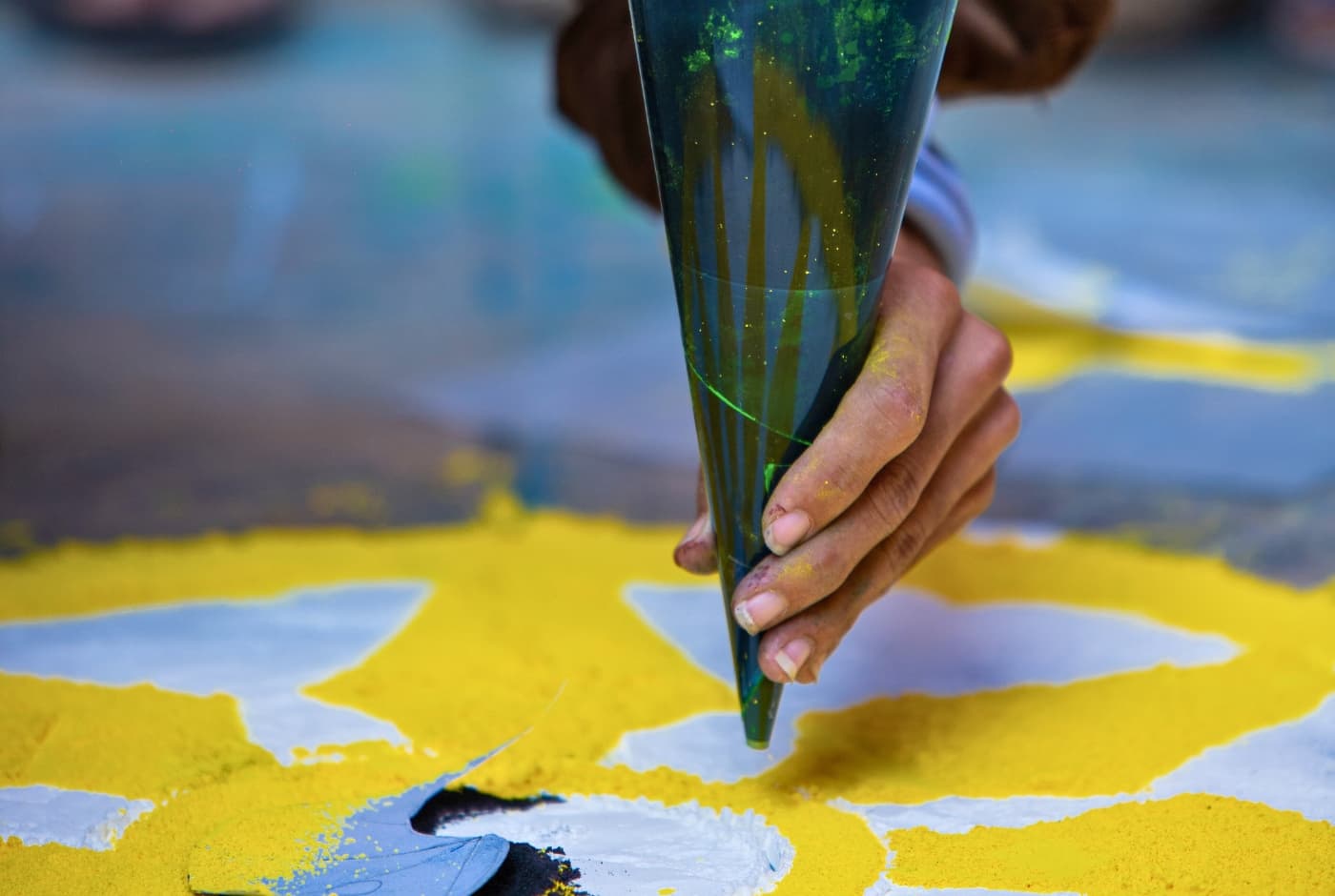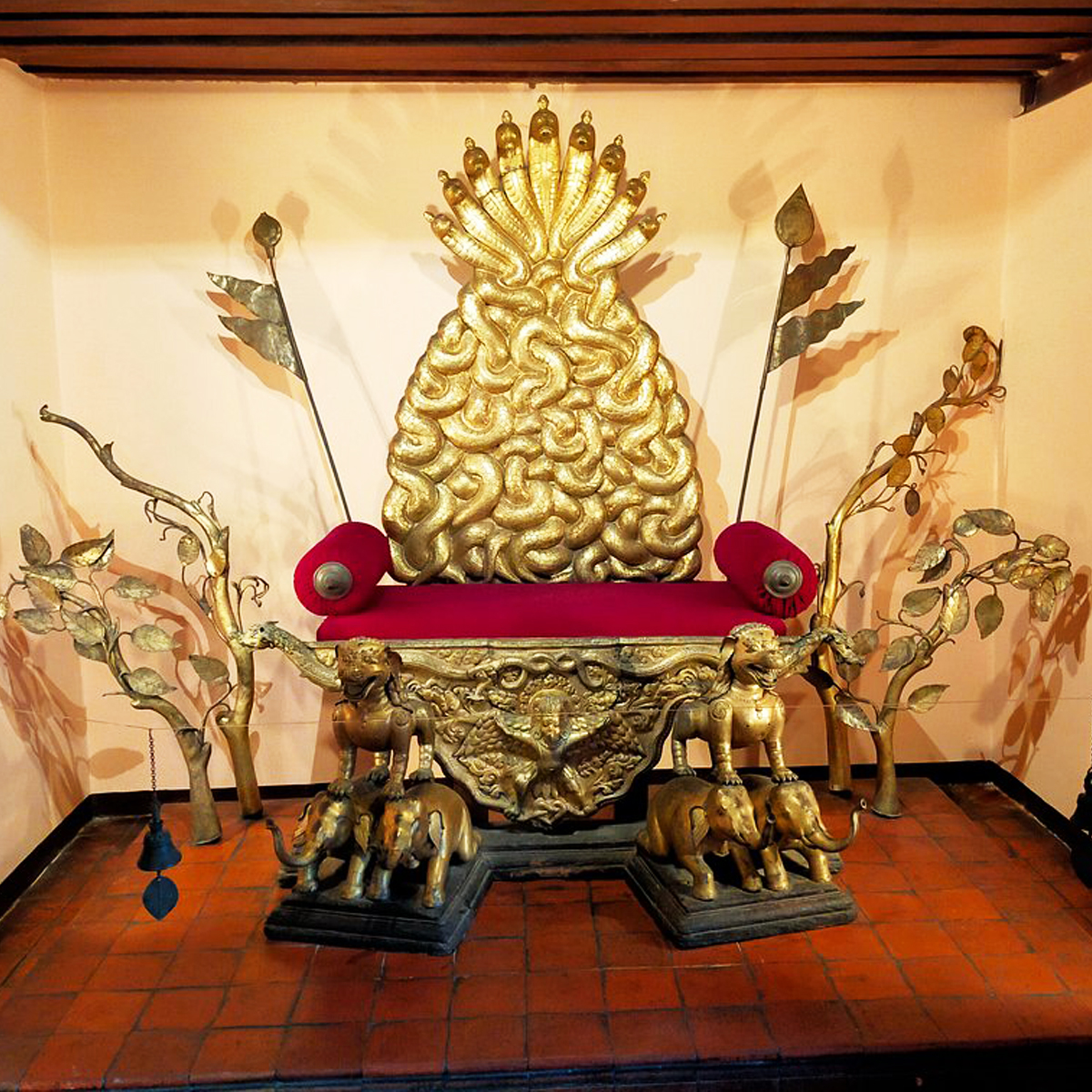Kathmandu Day Tour
- DestinationNepal
- Duration5 hrs
- Trip DifficultyRelaxing
- ActivitiesCultural Tours
- Group SizeMin. 1 Pax
Do you wish to explore all the tourist attractions on your visit to Nepal? If your answer is yes, then check out our Kathmandu Day Tour package! In just 5 hours, we’ll take you to the most attractive spots in Kathmandu.
The tour is interesting and exciting too. On this day's tour, we’ll be taking you to some of the holiest sites and UNESCO world heritage sites in Kathmandu. Kathmandu city is the capital city of Nepal and has cultural significance. Not only is the city an economic hub but also a brilliant area for cultural and day tours.
Throughout the tour, you’ll be assisted by an experienced and knowledgeable tour guide. He/she will explain all the history, cultural significance, and facts about these sites.
Let’s now look at all the highlights of this fantastic package.
What to Carry
- Cap or a hat
- City Map
- Sunglasses
- Hand sanitizers
- Comfortable clothing and footwear
- Raincoat or umbrella( monsoon season)
Highlights of the Kathmandu Day Tour
Kathmandu Durbar Square
First of all, we’ve got the Kathmandu Durbar Square, also known as Basantapur Durbar Square, which is a UNESCO World Heritage site and one of the three Durbar Squares in the Kathmandu Valley.
As you stroll through the square, you'll be greeted by an array of stunning palaces, temples, courtyards, and intricate carvings that showcase the exceptional craftsmanship of the Newar artisans.
So, whether you're a history buff, an architecture enthusiast, or simply someone who appreciates the magic of cultural heritage, Kathmandu Durbar Square is sure to captivate your senses and transport you to a bygone era. Come, lose yourself in the enchanting charm of this cultural gem, and experience the magic of Nepal's living history!
Swayambhunath Stupa
Next, we’ll visit the Swayambhunath Temple, nestled atop a hill in the bustling city of Kathmandu, Nepal, also known as the "Monkey Temple." This ancient Buddhist shrine is not only a sacred site but also an architectural marvel that is steeped in history and mystique.
As you explore the complex, you'll discover numerous other treasures, such as smaller stupas, shrines, and statues adorned with colorful prayer flags and offerings left by devotees. You may also encounter devotees performing rituals, spinning prayer wheels, and chanting mantras, immersing you in the rich Buddhist culture and traditions.
It's a place where the past and present converge, where nature and spirituality intertwine, and where the mystique of the East comes alive in all its glory.
Boudhanath Stupa
Another holy site is Boudhanth Stupa, listed in the UNESCO world heritage sites. This majestic stupa, located in the heart of Kathmandu, Nepal, is a haven of peace, serenity, and religious devotion that has captivated visitors for centuries.
As you approach the Boudhanath Stupa, you'll be greeted by its sheer size and grandeur. Standing at a height of 36 meters and with a diameter of 120 meters, Boudhanath Stupa is one of the largest stupas in the world and an iconic symbol of Tibetan Buddhism.
Boudhanath Stupa is sure to leave an indelible mark on your heart and soul. Enjoy your time at the magnificent stupa and experience the magic of spiritual awakening!
Pashupatinath Temple
Lastly, we’ve got the Pashupatinath Temple, a famous Hindu Temple, and also as a cremation site, where the last rites of departed souls are performed according to Hindu customs.
Visiting the Pashupatinath Temple is not just a tourist experience; it's a spiritual journey that touches the soul and leaves an indelible impression on the heart. It's a place where ancient traditions and modern life converge, where faith and devotion abound, and where the mystique of Hinduism comes alive in all its splendor.
With this, we’ve come to the end of the overview of the Kathmandu Day Tour. You can choose any date for this tour, and we shall organize it for you!
Cost and Date
Start Dates refer to your arrival date in Nepal. End Dates correspond to your return date from Nepal.
The Kathmandu Day Tour set departure dates are tailored for the group joining option. If the 5 hrs Kathmandu Day Tour departure dates don’t fit your schedule, we can include alternative dates that better suit your needs.
Cost Includes
- Guided sightseeing tours including entrance fees,
- Tour guide and private vehicle
Cost Excludes
- Yours Meals
- Accommodation
- Tip for tour guide/driver
Media Gallery
Kathmandu Day Tour Photos













Travellers‘ Reviews
Read our genuine feedback from past travelers with Nepal Hiking Team sourced from TripAdvisor, Google, Facebook, and Trustpilot.
Amazing 4 day tour of Nepal!
Nepal Hiking Team made our 4-day, 3-night trip to Nepal truly special. From the very first message, Ganga Ji was incredibly responsive and thoughtful—he really listened to what we were interested in and crafted a fantastic itinerary that included great hotels and well-organized tours. Our guide, Kumar Ji, was absolutely wonderful—kind, knowledgeable, and a joy to travel with. We genuinely couldn’t have asked for a better experience. Hoping to return soon. Nepal Hiking Team is simply the best!
Guided by Kumar Rupakheti





